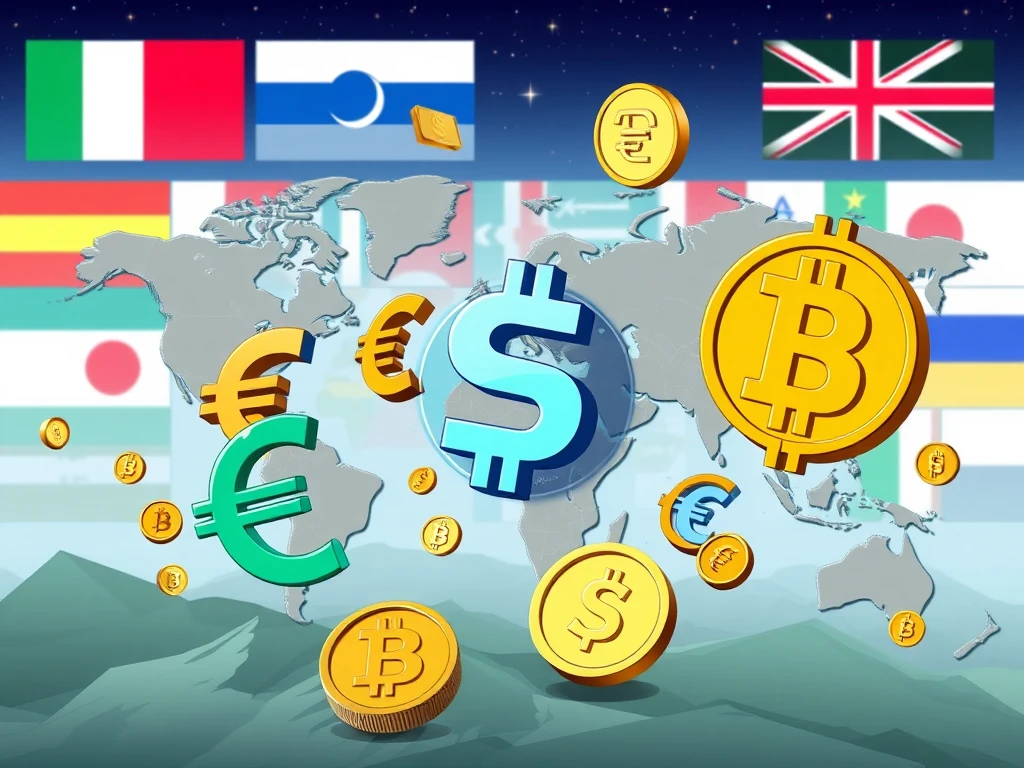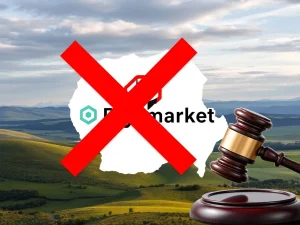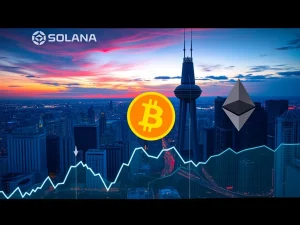Non-Dollar Stablecoins See Explosive Global Demand Amid Sovereignty Push

The world of digital assets is constantly evolving, and a significant shift is underway beyond the dominant US dollar-pegged stablecoins. For those interested in the future of cryptocurrency and global finance, understanding the rising demand for Non-Dollar Stablecoins is crucial. This trend signals a move towards greater national financial independence in the digital age.
Why Are Countries Eyeing Non-Dollar Stablecoins? The Push for Crypto Sovereignty
According to Dea Markova, Director of Policy at Fireblocks, the growing interest in stablecoins not tied to the US dollar is fundamentally about “sovereignty.” Speaking at Token2049, Markova highlighted that governments outside the US are actively exploring these alternatives, even though they currently have less liquidity compared to their dollar-pegged counterparts.
This dynamic mirrors historical tensions between nations and powerful US-based financial networks like Visa and Mastercard. Markova notes, “Now we’re seeing the same dynamic with stablecoins — on a smaller scale for now — but they’re definitely emerging as a new arena for sovereign concerns.”
The core reasons countries are seeking Crypto Sovereignty through non-dollar stablecoins include:
- Desire for greater control over their domestic financial systems.
- Reducing reliance on a single foreign currency (the US dollar) and its monetary policy.
- Addressing potential systemic risks associated with widespread use of dollar-pegged assets within their economies.
Stablecoin Regulation: Navigating Global Approaches
The regulatory landscape for stablecoins is a critical factor driving these discussions. Markova pointed out that dollar-pegged stablecoins operating within the European Union are already facing significant challenges, particularly from central banks. “Even though they’re compliant and regulated, they’re having a fixed push back,” she stated.
This pushback is directly linked to concerns over systemic impact. The European Central Bank, for instance, is accelerating efforts towards a Digital Euro partly to counter the potential influence of dollar-linked stablecoins within the eurozone. Similarly, the Bank of Italy issued a report highlighting how the reliance of dollar-pegged stablecoins on US Treasury bonds could introduce systemic risk vulnerabilities into the financial system.
Different regions are adopting varied approaches to Stablecoin Regulation:
- European Union: Central banks are pushing back against dollar-pegged coins and accelerating plans for a digital currency.
- United Arab Emirates (UAE): Markova sees the UAE as being “ahead in its regulatory thinking.” Abu Dhabi, for example, does not mandate local domicile or licensing for issuers.
Abu Dhabi’s strategy involves conducting due diligence on Global Stablecoins and then deciding whether local exchanges can list them. This approach, according to Markova, is “a far more reasonable approach to give local businesses access to global liquidity and payments.” This led to the approval of USDT in December 2023 and Circle’s USDC in April 2024 in Abu Dhabi. Meanwhile, institutions in Abu Dhabi are also collaborating on launching a regulated dirham-pegged stablecoin.
The Current Landscape: Dollar Dominance vs. Emerging Alternatives
Despite the growing interest in alternatives, the stablecoin market capitalization is overwhelmingly dominated by dollar-pegged stablecoins. Tether’s USDT and Circle’s USDC alone account for the vast majority of the total market cap, highlighting the scale of the challenge for non-dollar alternatives.
As of the data cited, USDT and USDC combined represented over 87% of the $241.8 billion total stablecoin market cap. In fact, the top 10 stablecoins by market cap are all pegged to the US dollar. This significant liquidity and established infrastructure for dollar-pegged coins present a major hurdle for emerging non-dollar options.
What Does This Mean for the Future of Global Stablecoins?
The trend indicates that while dollar-pegged stablecoins currently dominate, the demand for alternatives driven by national sovereignty concerns is a powerful force. The regulatory responses in regions like the EU and the more open approach in places like the UAE signal that the global stablecoin market is likely to become more fragmented, with a potential rise in stablecoins pegged to other major currencies or baskets of currencies.
The development of central bank digital currencies (CBDCs) like the potential Digital Euro is also part of this broader movement by governments to maintain control over their monetary systems in the digital era.
Conclusion: A Shifting Tide in Digital Currency
The insights from Fireblocks’ Dea Markova underscore a significant underlying trend: the push for Crypto Sovereignty is fueling global demand for Non-Dollar Stablecoins. While challenges like liquidity persist, the regulatory landscape is evolving, with regions like the EU pushing for alternatives like the Digital Euro and others like the UAE adopting pragmatic approaches to welcome Global Stablecoins while also exploring local currency pegs. As Stablecoin Regulation continues to develop worldwide, we can expect to see the stablecoin market become more diverse, reflecting the varying sovereign interests of nations.









